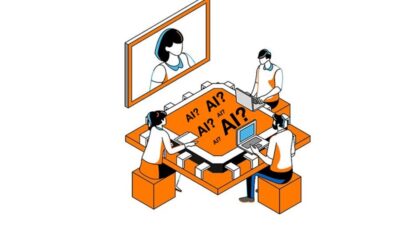From Telco to TechCo: Philippe Ensarguet to instil tech culture in Orange Group DNA
● Telecom operators are transitioning from a Telco to a TechCo model that will put them at the heart of an accelerating technological shift: software-defined, cloudified, and automated networks are the foundation that will unlock the potential of AI.
● Orange VP for Software Engineering and newly nominated Orange Fellow Philippe Ensarguet is promoting this vision and sharing his expertise to break new ground for the Orange Group ecosystem.
● At the heart of his approach: a technological focus on software, cloud-native, automation, and AI, which is inseparable from human-centred and organizational development supported by active investment in open-source communities and peer networks.
Read the article
● Orange VP for Software Engineering and newly nominated Orange Fellow Philippe Ensarguet is promoting this vision and sharing his expertise to break new ground for the Orange Group ecosystem.
● At the heart of his approach: a technological focus on software, cloud-native, automation, and AI, which is inseparable from human-centred and organizational development supported by active investment in open-source communities and peer networks.


Science, Innovation and Technology: The vision of Bruno Zerbib, CTIO of Orange
Read the article


Personalising digital interfaces over time with continuous learning of usage habits
Read the article

